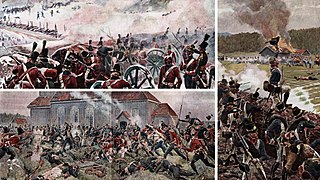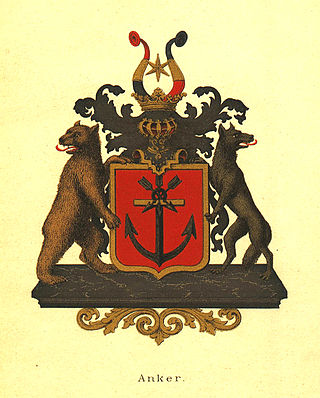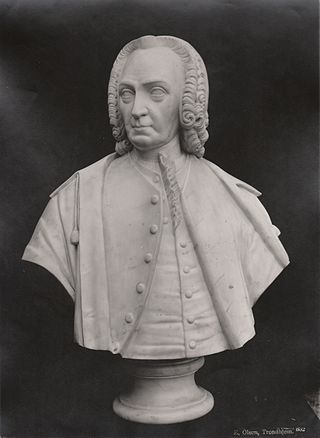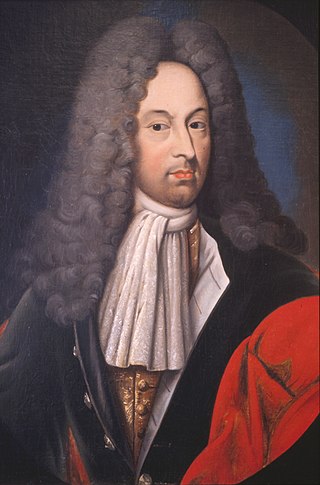
Trondheim, historically Kaupangen, Nidaros, and Trondhjem, is a city and municipality in Trøndelag county, Norway. As of 2022, it had a population of 212,660. Trondheim is the third most populous municipality in Norway, and is the fourth largest urban area. Trondheim lies on the south shore of Trondheim Fjord at the mouth of the River Nidelva. Among the significant technology-oriented institutions headquartered in Trondheim are the Norwegian University of Science and Technology (NTNU), the Foundation for Scientific and Industrial Research (SINTEF), the Geological Survey of Norway (NGU), and St. Olavs University Hospital.

Ørland is a municipality in Trøndelag county, Norway. It is part of the Fosen region. Ørland is located at the southwestern tip of the Fosen peninsula at the northern shore of the mouth of Trondheimsfjord where the Stjørnfjorden arm begins. The administrative centre of the municipality is the village of Bjugn. Other larger settlements in Ørland include Brekstad, Uthaug, Opphaug, Ottersbo, Høybakken, Jøssund, Lysøysundet, Nes, Oksvoll, and Vallersund.
The surname Angell may refer to:

The architecture of Norway has evolved in response to changing economic conditions, technological advances, demographic fluctuations and cultural shifts. While outside architectural influences are apparent in much of Norwegian architecture, they have often been adapted to meet Norwegian climatic conditions, including: harsh winters, high winds and, in coastal areas, salt spray.
Constituent Assembly elections were held in Norway in 1814. The elections were held in Christiania and the surrounding area in February, and in the rest of the country as news of the need for elections arrived. However, in the two Northernmost Amts Nordlandene and Finnmarken in the far north of the country, the elections were not held until July and August, by which time the Assembly had finished its work. As political parties were not officially established until 1884, the 112 elected members were independents.

Wilh. Wilhelmsen Holding ASA (WWH) is a Norwegian multinational maritime group, headquartered in Lysaker, Norway. The group employs more than 21,000 people and has operations in 75 nations. The Wilhelmsen group operates the largest maritime network in the world, with over 2200 locations worldwide.

Austrått or Austrått Manor is a manor in Ørland municipality in Trøndelag county, Norway. Since the 10th century, Austrått has been the residence for many noblemen, noblewomen, and officials who played a significant role in Norwegian history. In historical records, Austrått can also be found written as Østråt, Østeraat, Østeraad, Austaat, and Austråt.

Germany–Norway relations are foreign relations between Germany and Norway.

The Dano–Swedish War of 1808–1809 was a war between Denmark–Norway and Sweden due to Denmark–Norway's alliance with France and Sweden's alliance with the United Kingdom during the Napoleonic Wars. Neither Sweden nor Denmark-Norway had wanted war to begin with but once pushed into it through their respective alliances, Sweden made a bid to acquire Norway by way of invasion while Denmark-Norway made ill-fated attempts to reconquer territories lost to Sweden in the 17th century. Peace was concluded on grounds of status quo ante bellum on 10 December 1809.

The Anker family, also spelled Ancher, is a Danish and Norwegian noble family living in Norway. The name means anchor. Originally from Sweden, the family became a part of the Patriciate of Norway in the 18th century, and members of the family were ennobled in 1778. One line of the family living in Mecklenburg became part of the German nobility, but later went extinct.

Joachim Irgens von Westervick, born as Jochum Jürgens, was a Dano-Norwegian nobleman, a Danish official and an estate owner. He was one of the most important financial magnates and entrepreneurs in Denmark–Norway and also hold land in the Netherlands. Between 1666 and 1675 he owned the Norwegian Irgens Estate, which was huge part of Northern Norway, as a private estate. He held the titles of Lord of Vestervig, Lord of Horsleben and Noordlanden. The Danish variant of his name by birth was Joachim Irgens.
Tromsø Estate (Tromsøgodset) was an estate located in Troms, Norway. It was once part of the more sizable Irgens Estate.

Mecklenburg, Mechlenborg, and Mikkelborg is a patrician and historically a prominent family living in Denmark and Norway. They descend from Flensburg in today's Germany. Members include Willum Mecklenburg, Feudal Lord of Eiker, as well as several regional bailiffs, militaries, and privileged merchants. The family is closely related to families of the Danish and the Norwegian nobility, and among cognatic descendants of the family are the Counts of Wedel-Jarlsberg.

Thomas Angell was a Norwegian merchant, estate owner, mine owner and philanthropist.
Sara Hammond was a Norwegian landowner and businesswoman. She was born in Trondheim, a daughter of merchant Thomas Hammond. She was married to civil servant, landowner and mine owner Albert Angell, and was the mother of Thomas Angell. After the death of her first husband in 1705, she took over the administration of the family business, which included ownership of 29 out of 172 shares of the Røros Copper Works, forests, sawmills, and land properties in Selbu, Strinda and Høylandet. In 1709 she married merchant and city manager Søren Bygball.

Albert Angell was a Norwegian civil servant, landowner and businessman. He served as Mayor of Trondheim, Norway.

The 1681 Trondheim fire started on 18 April 1681, in a building near Nidelva, an area of the city of Trondheim, Sør-Trøndelag county, Norway. Large parts of the city centre were destroyed, including the quay houses and Vår Frue Church. Timber merchant Thomas Hammond perished during the fire.
Lorentz Mortensen Angell was a merchant and landowner in Norway.
Espe is a manor house and estate located at Boeslunde, between Korsør and Skælskør, Slagelse Municipality, some 100 kilometres southwest of Copenhagen. Espe has been listed on the Danish registry of protected buildings and places since 1918. The main building dates to the 18th century but was adapted to the Late Neoclassical style in 1848. The manor and estate has been owned by members of the Moltke family since 1810.

Maja Melandsø was a Norwegian architect and painter. She was a pioneer in several areas: she was one of the first women architects to complete their studies at the Norwegian Institute of Technology when she graduated in 1931, she is considered the person to introduce functionalist architecture in Trondheim, and she was one of the first Norwegian female architects with her own practice. Melandsø was involved both in residential construction as well as cultural heritage management. As an architect, she had an extensive output, but apart from the fact that as a newly qualified architect she attracted attention with her funkis-bygg in Trondheim, the buildings she designed were rarely mentioned in architectural literature.
I have designed houses, not buildings. Houses to work in, houses to live in, according to ability. Whether health centers, manor houses, schools, business premises, or houses to live in, they were built on the principle that one square meter too much is as bad as one square meter too little. The houses were big on the inside and small on the outside. I have never recognized the concept of "facade"; all three dimensions are equally important.

















